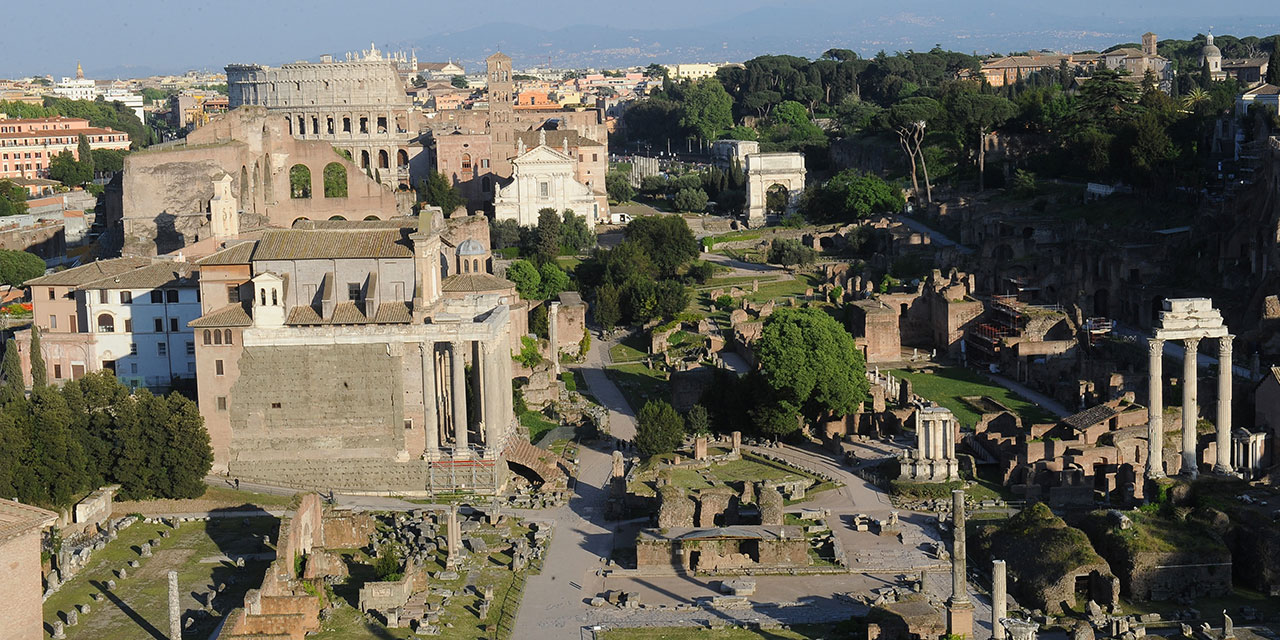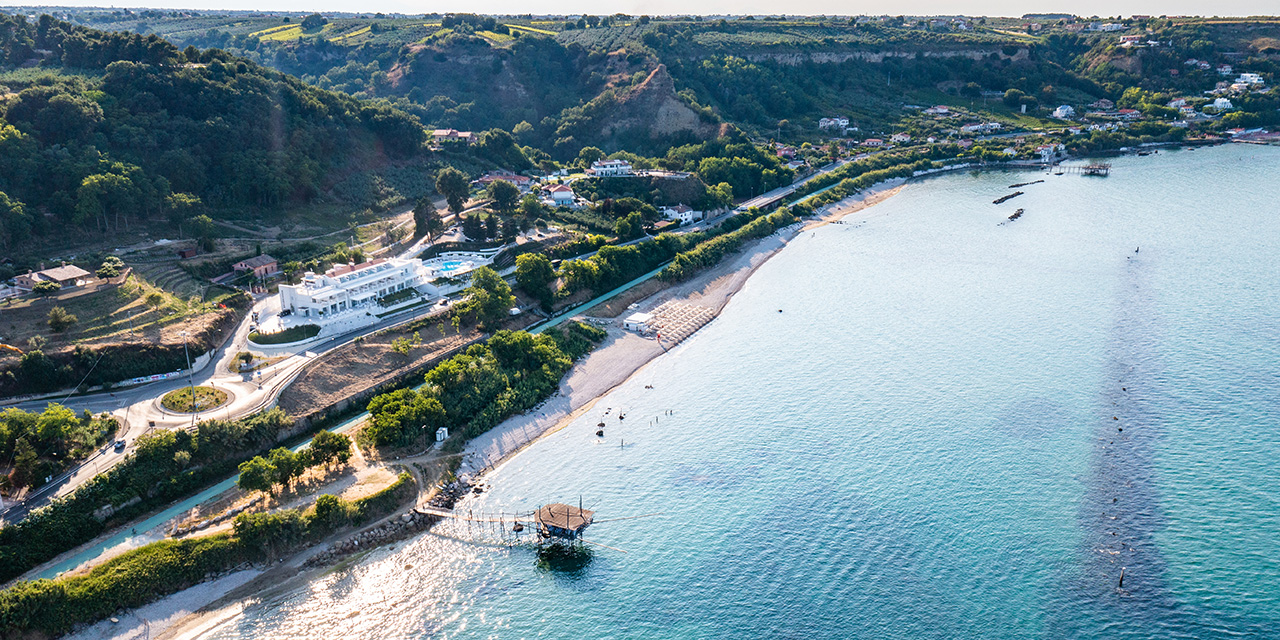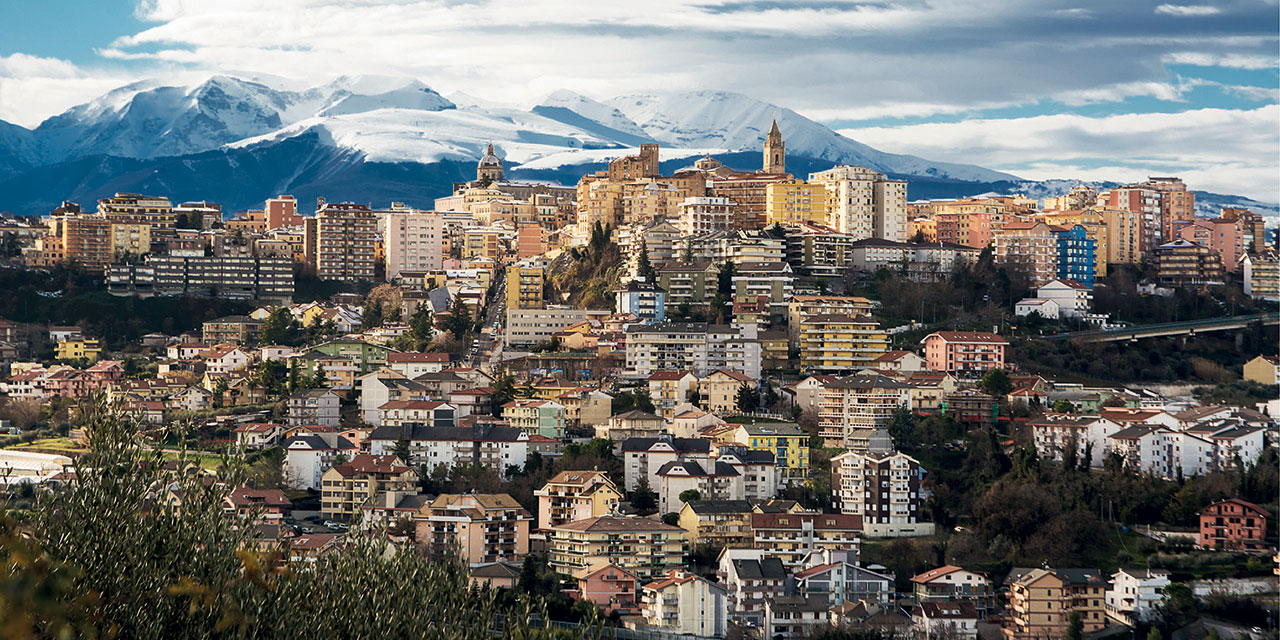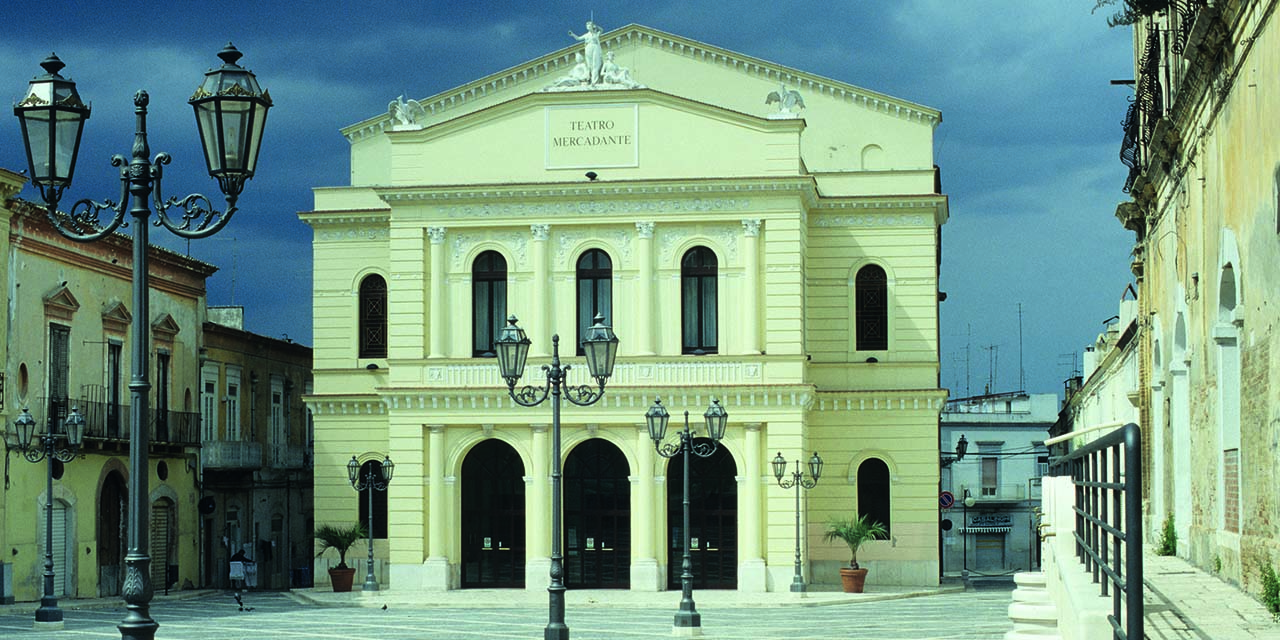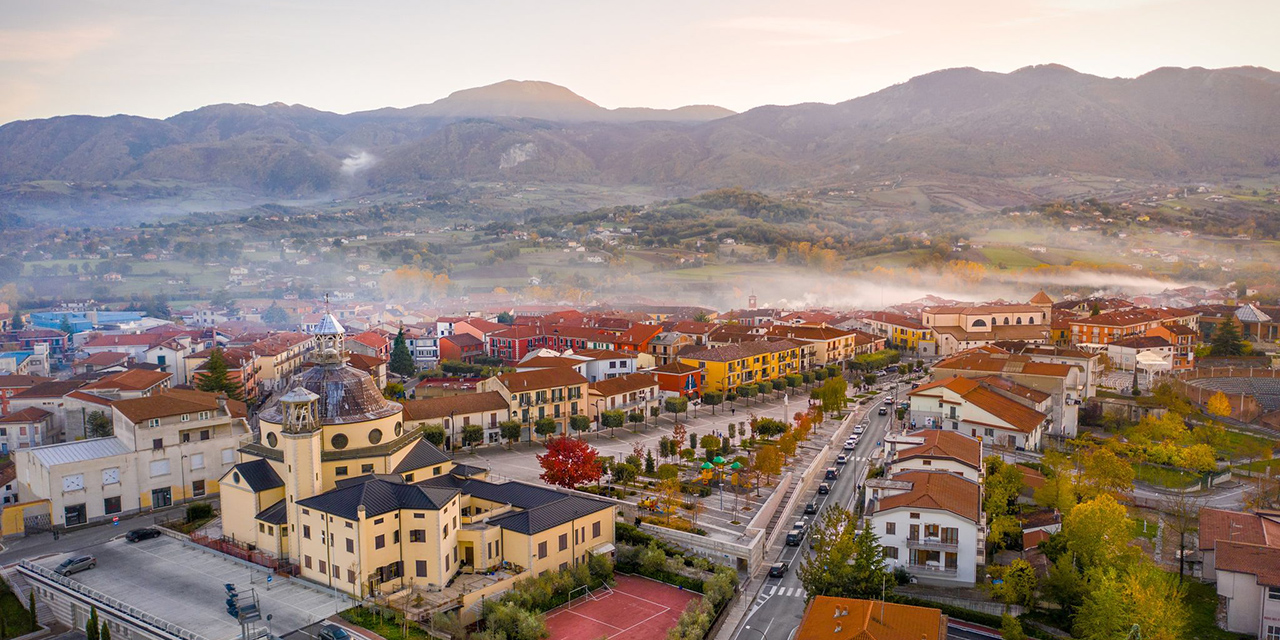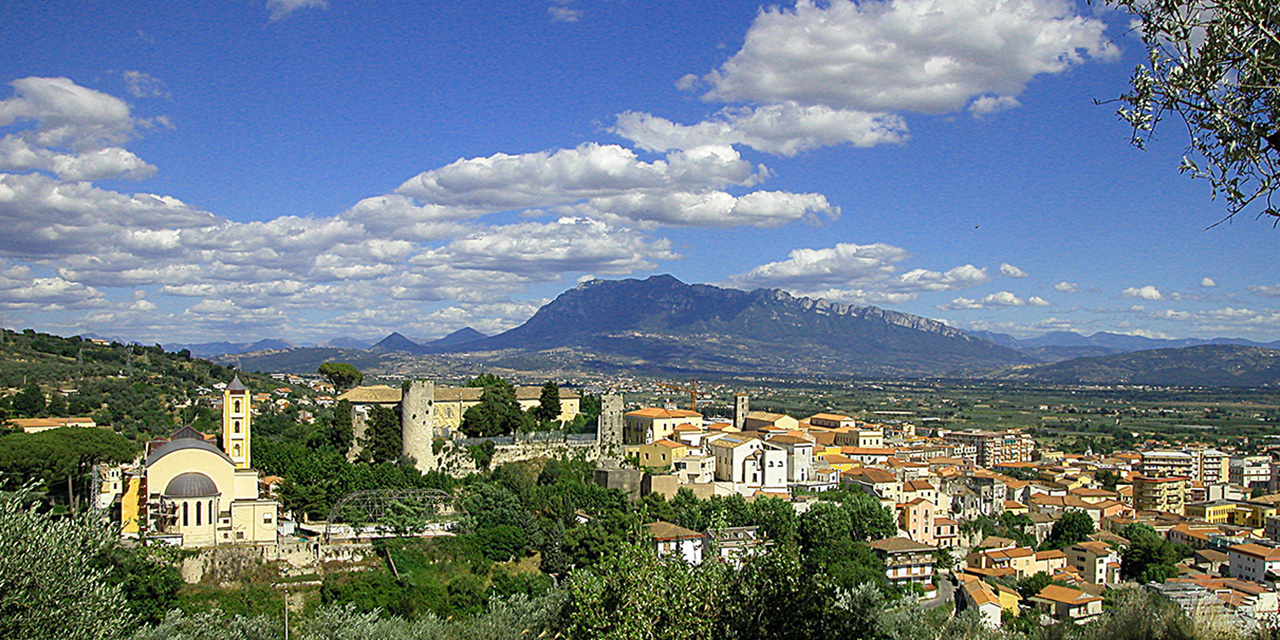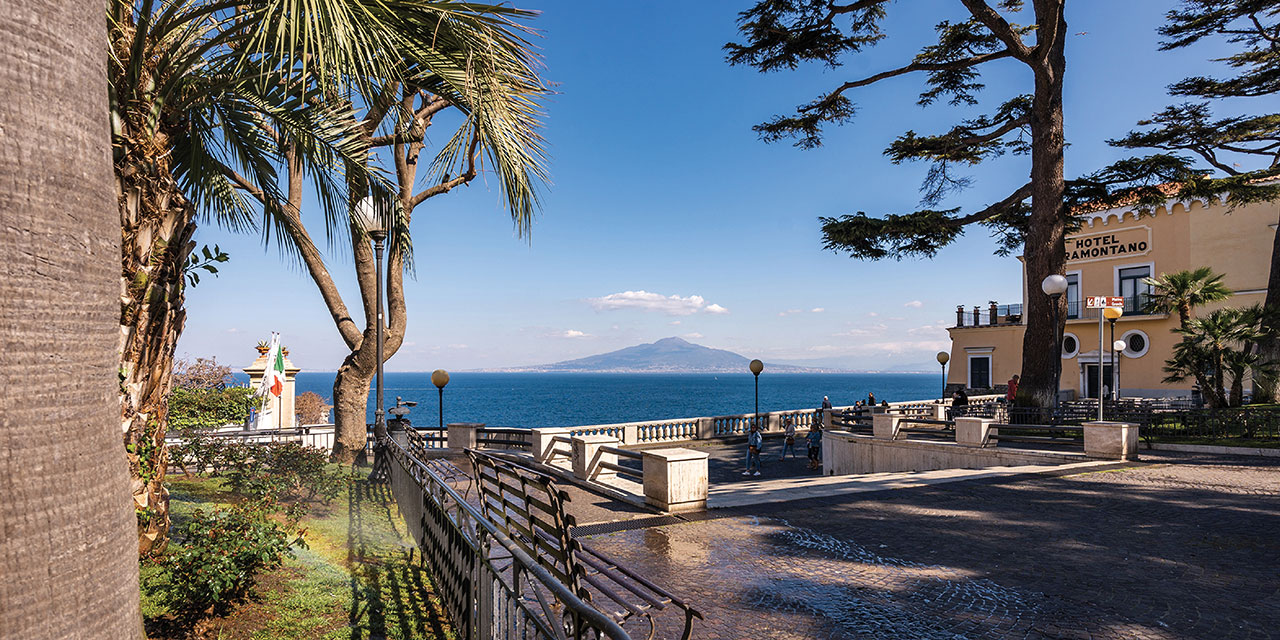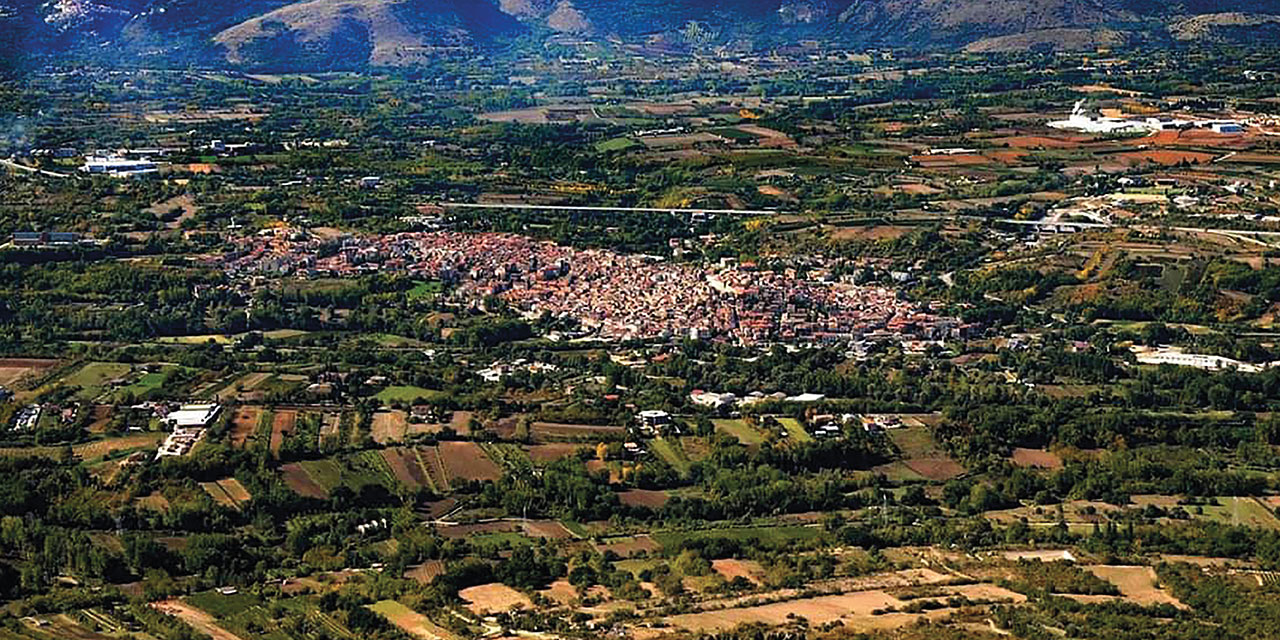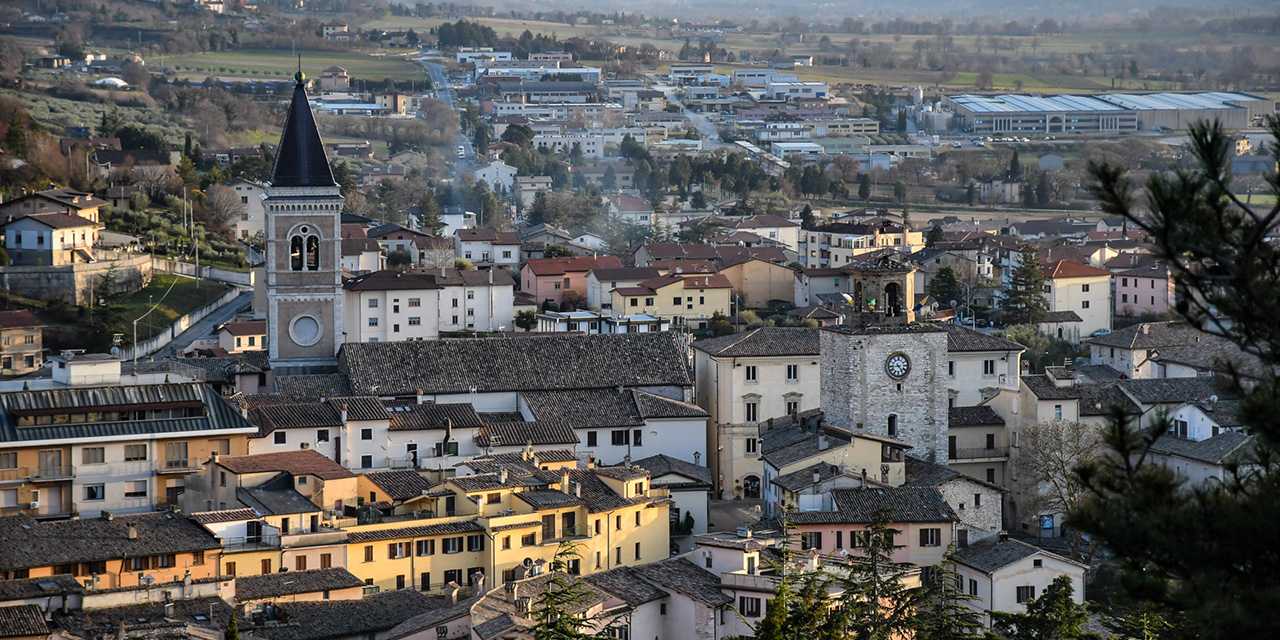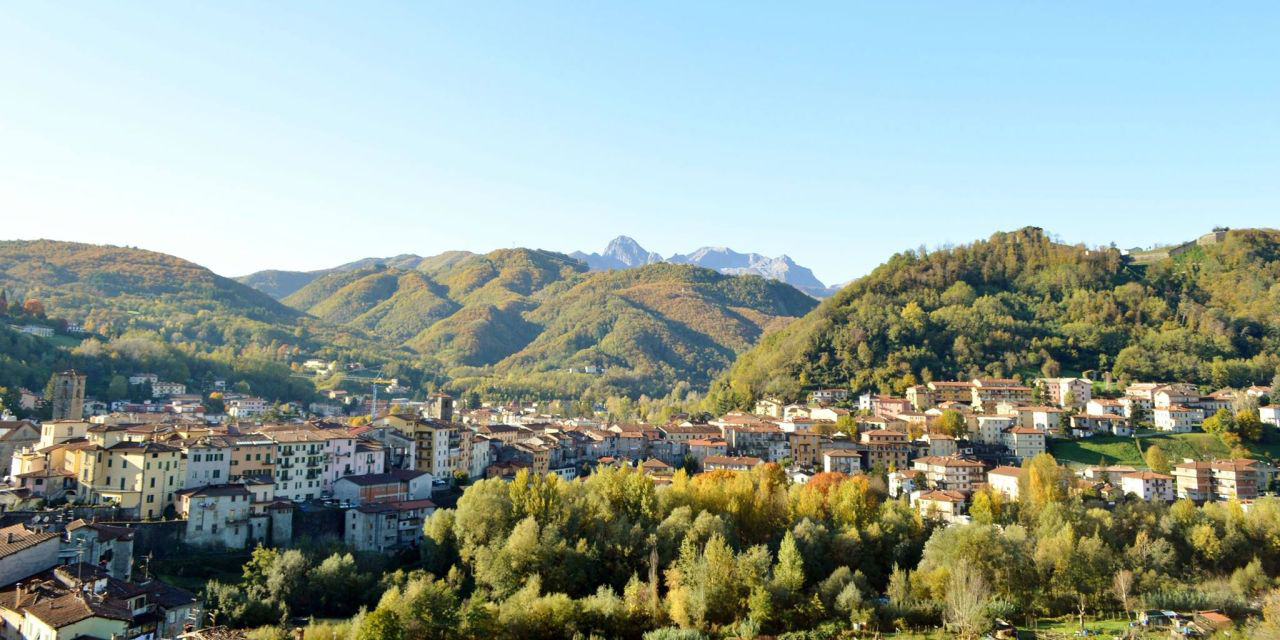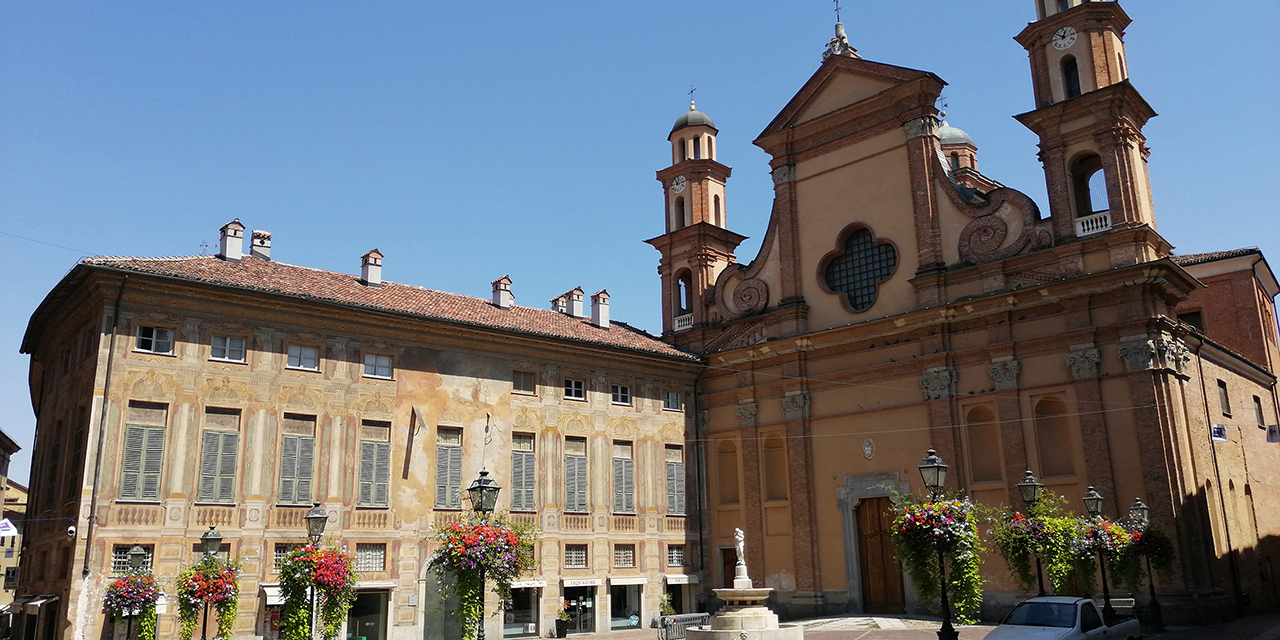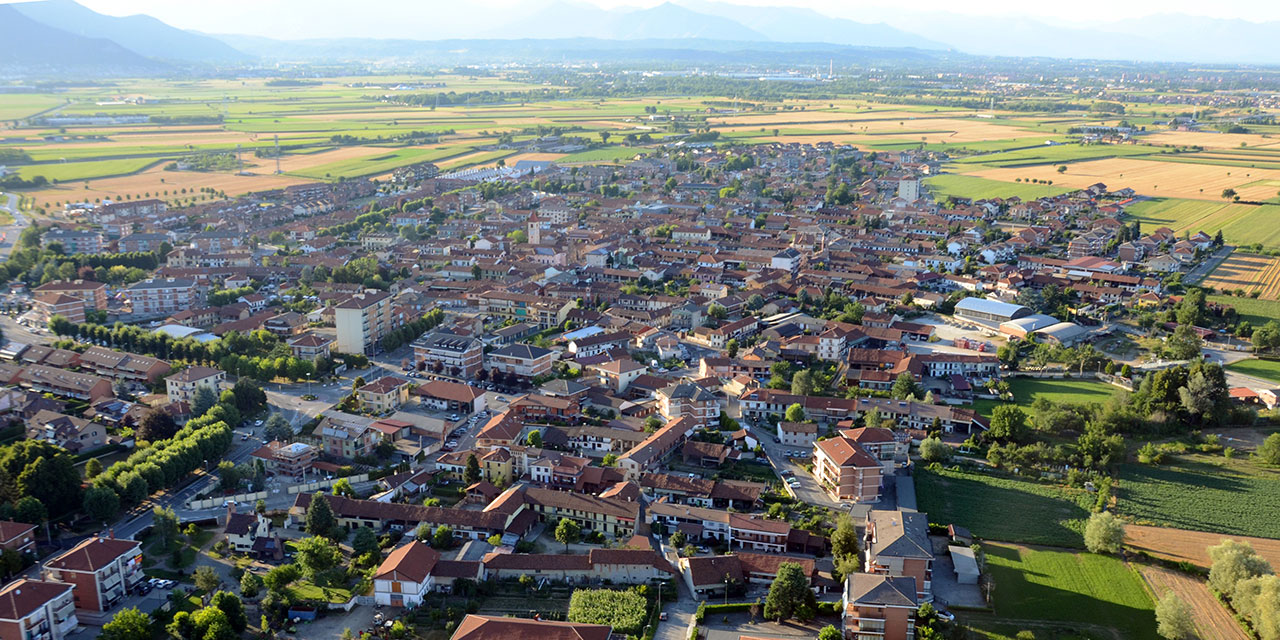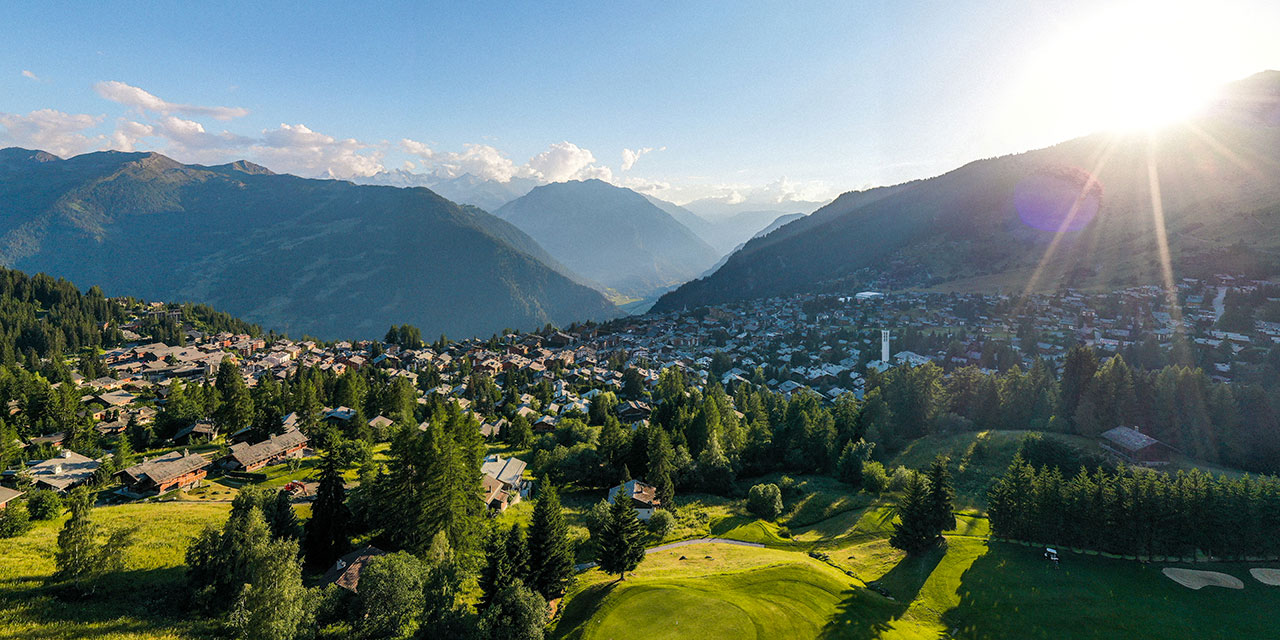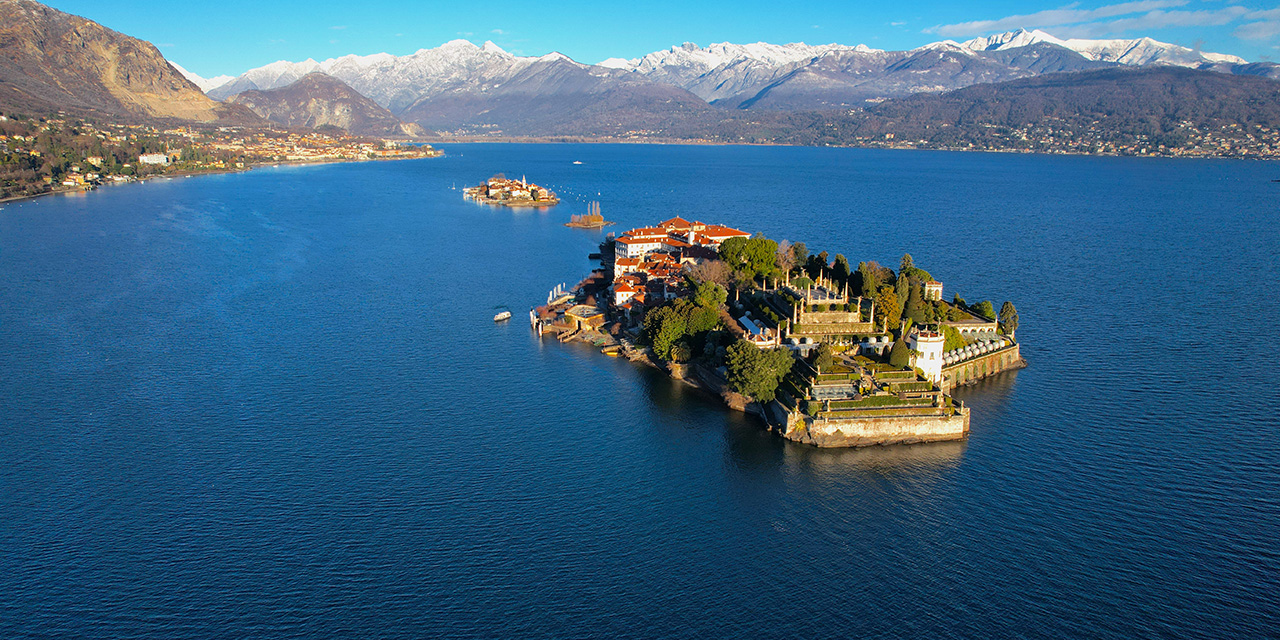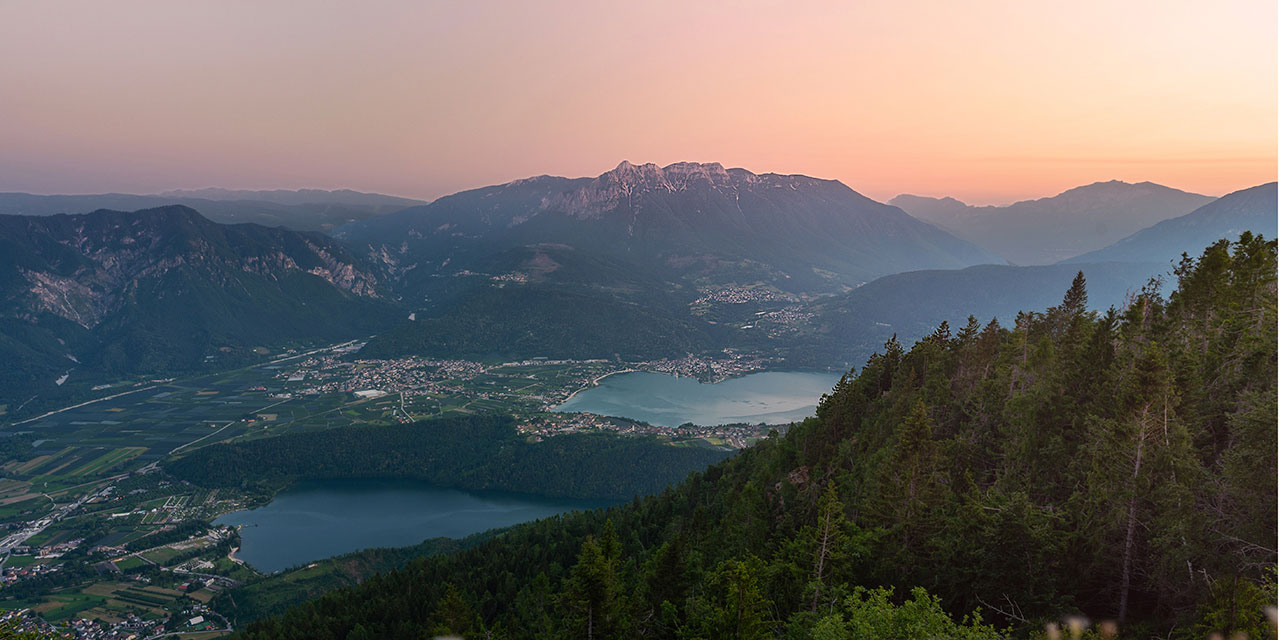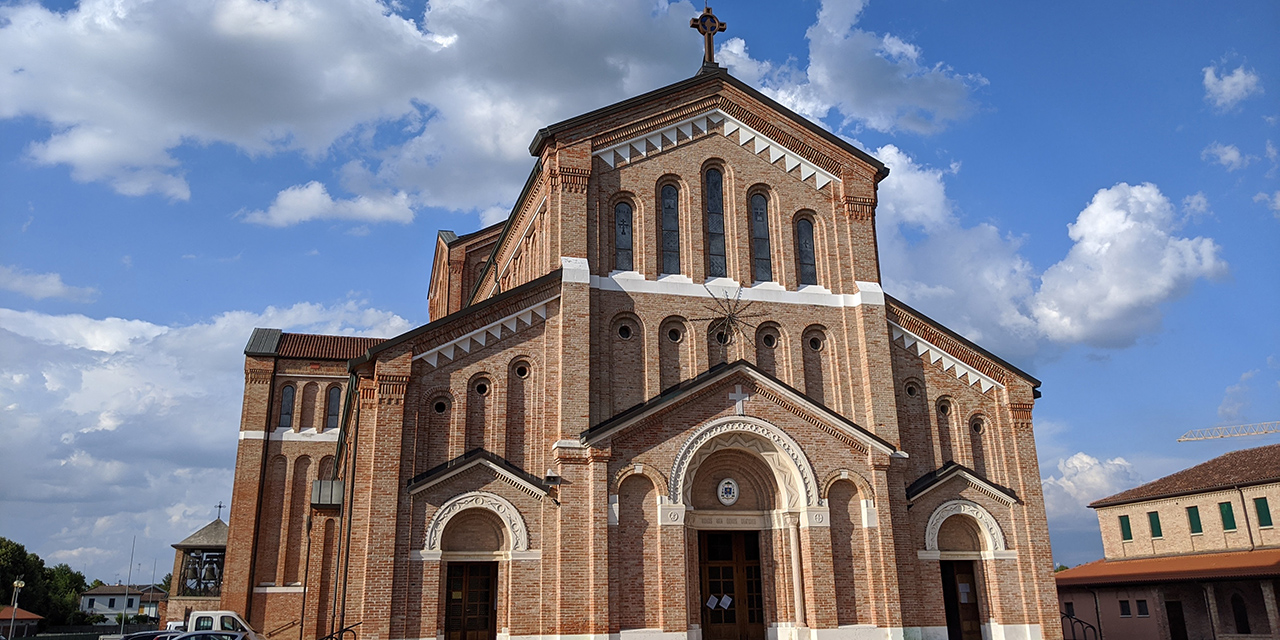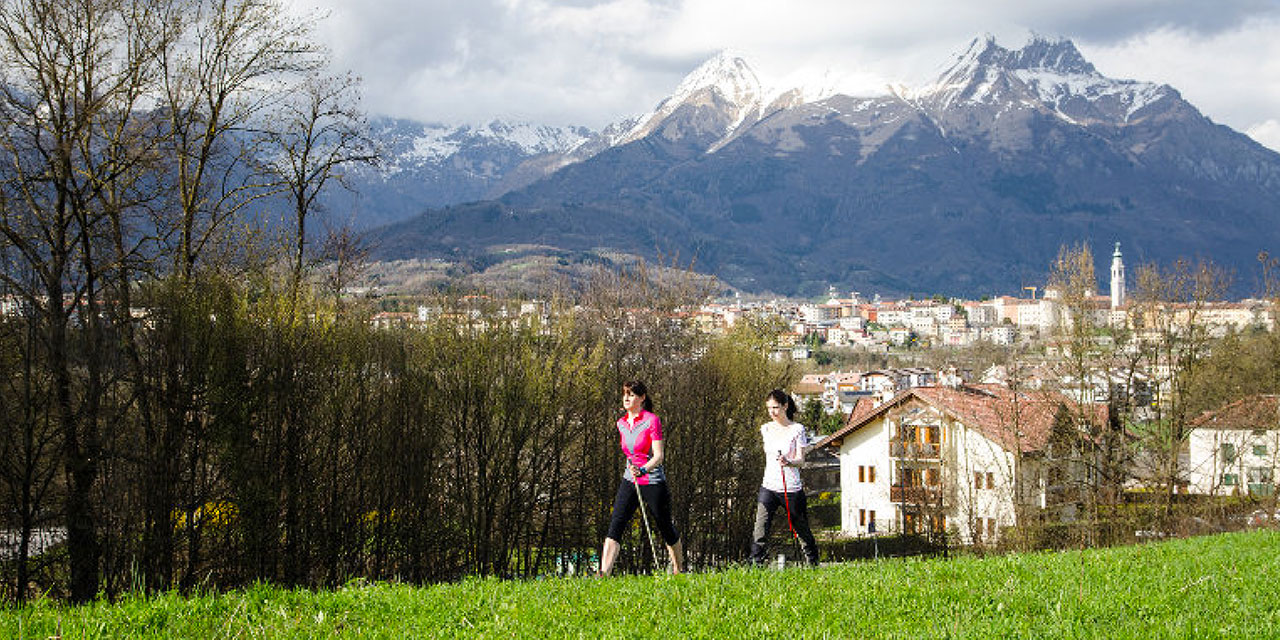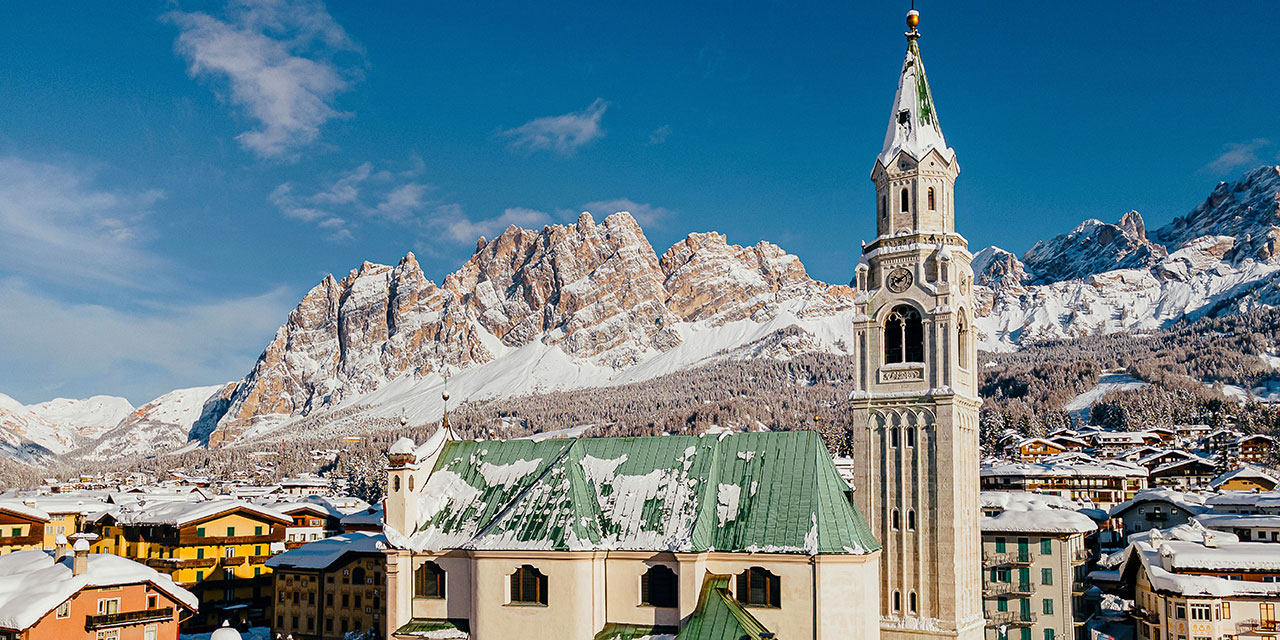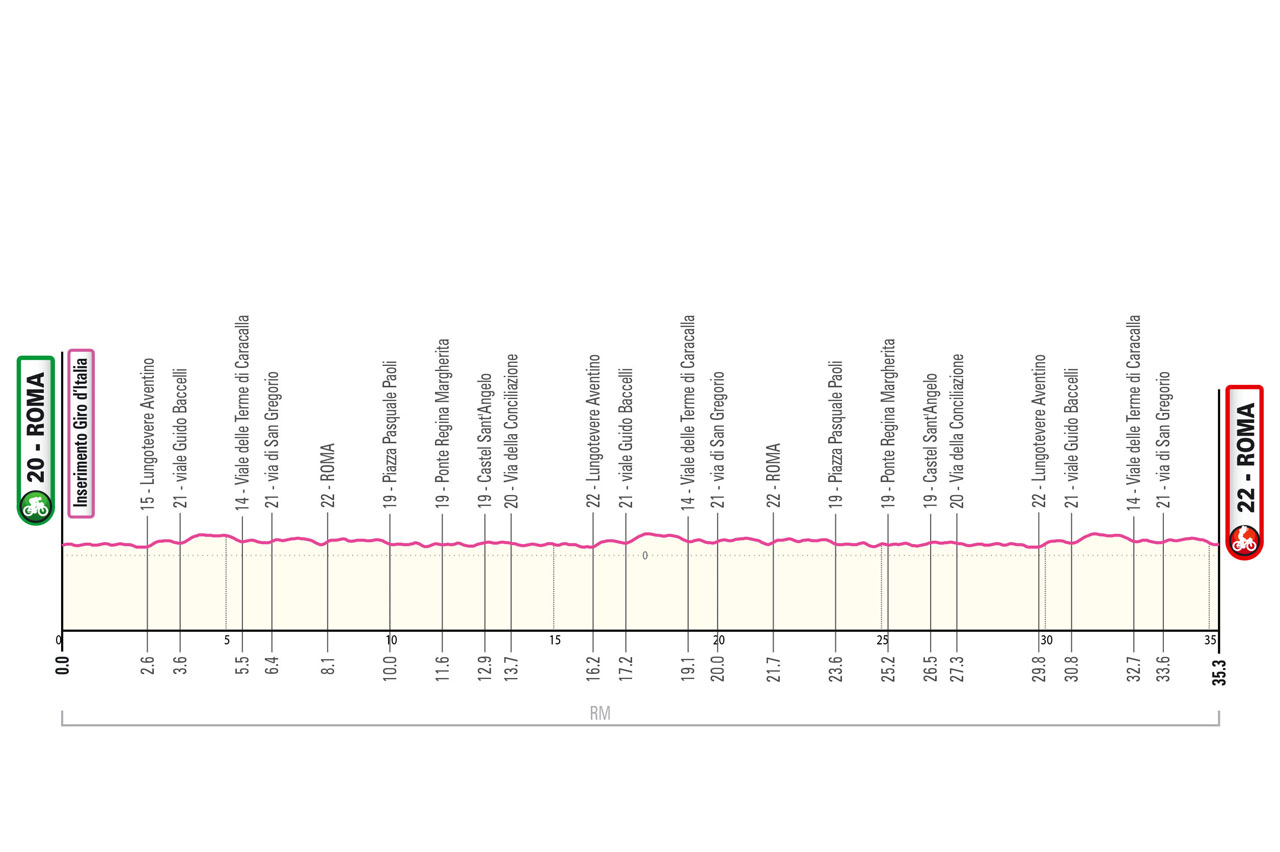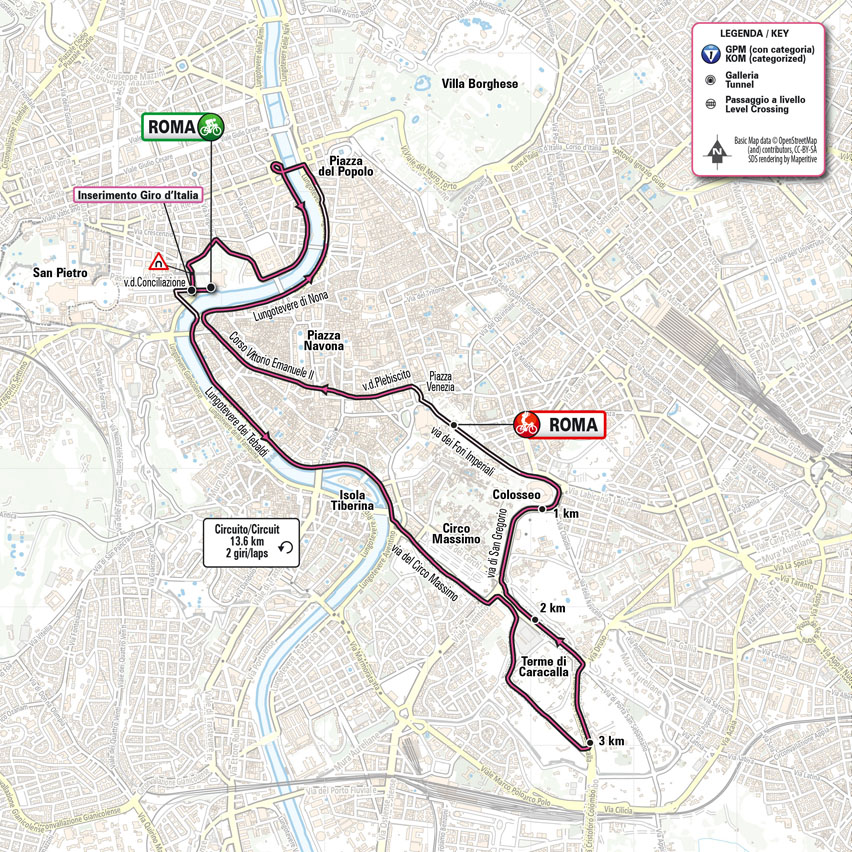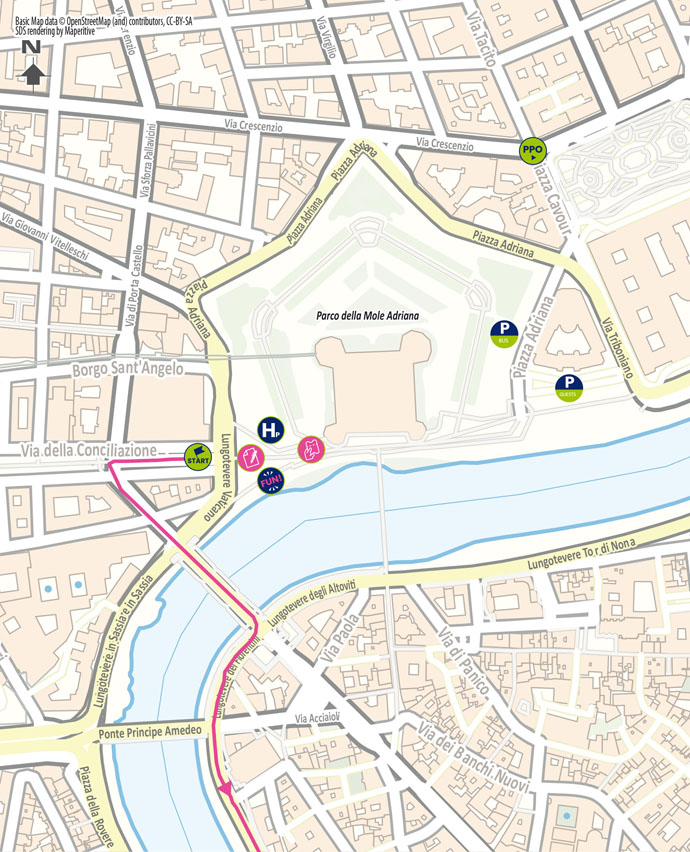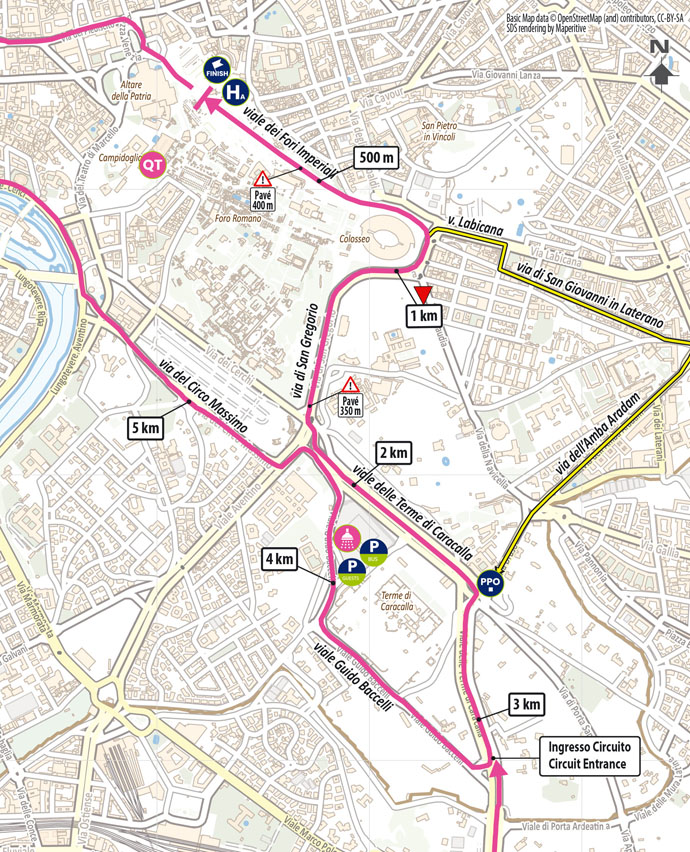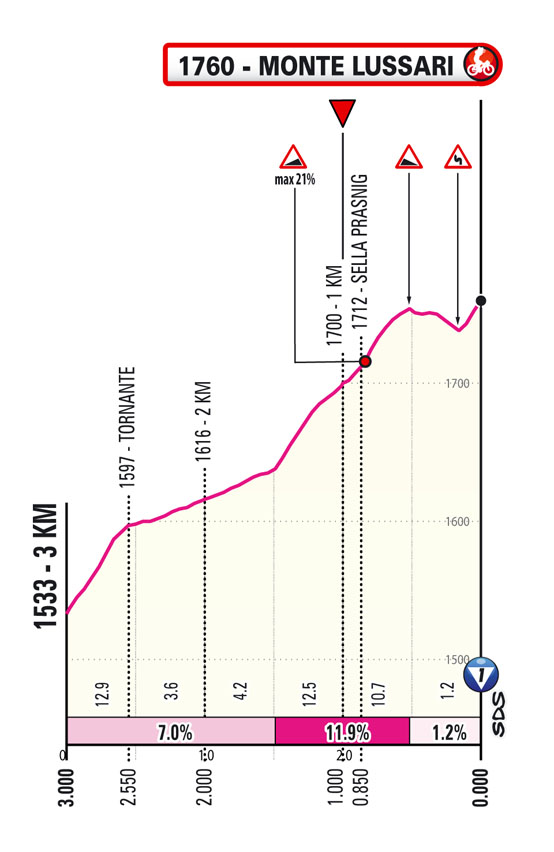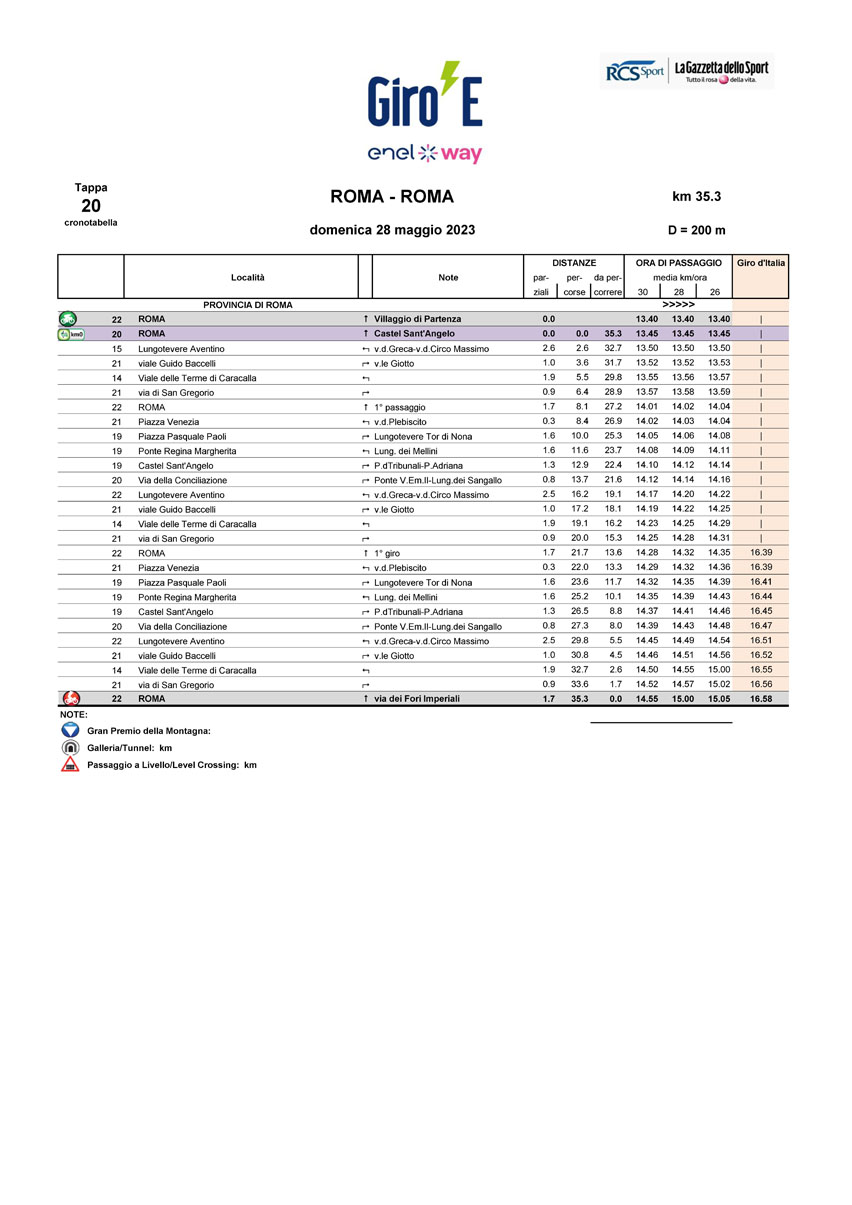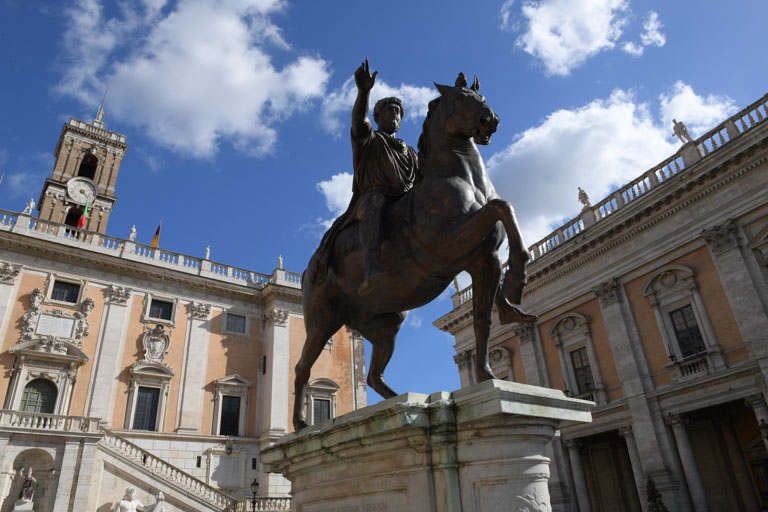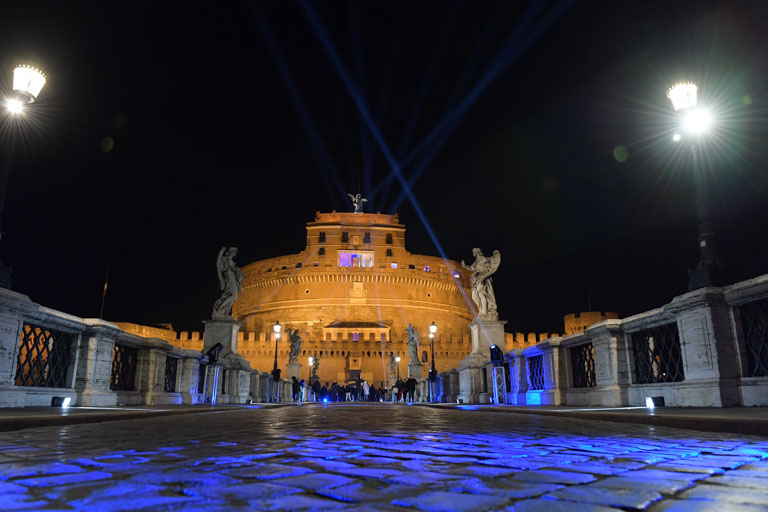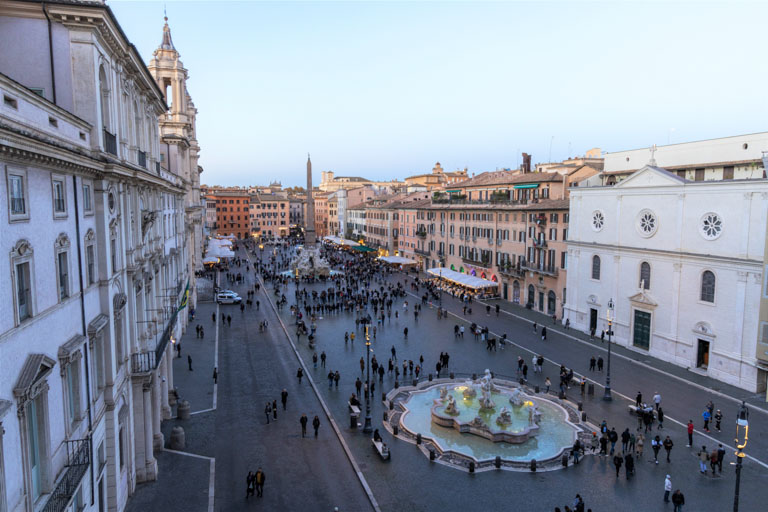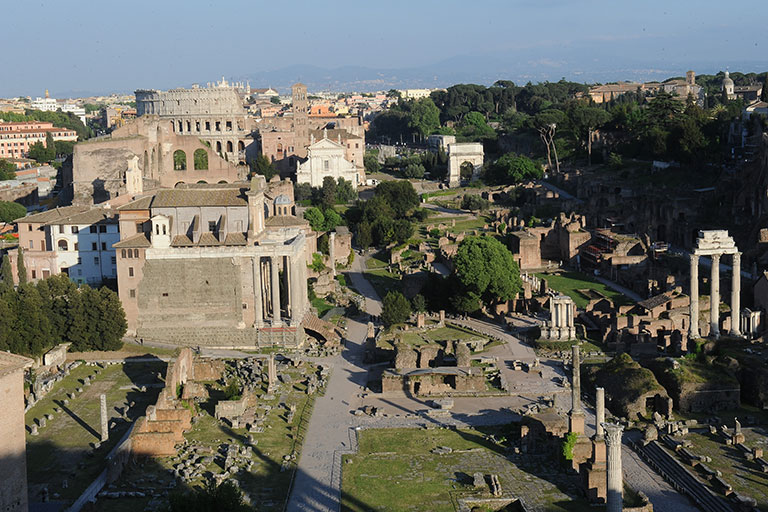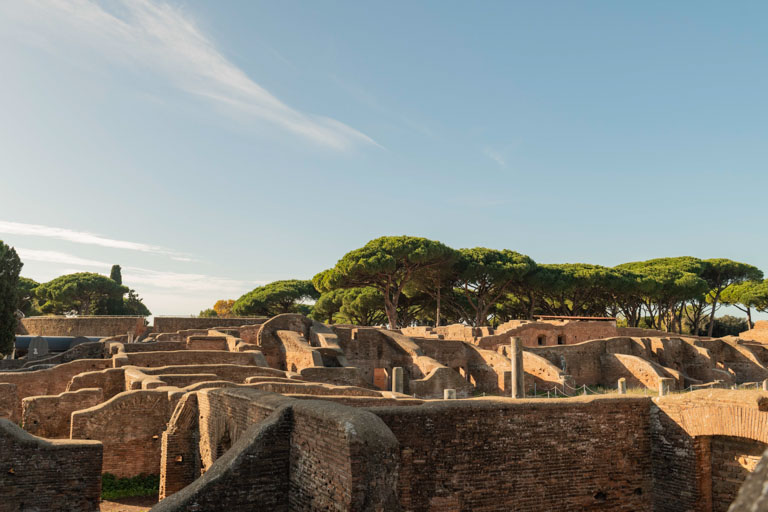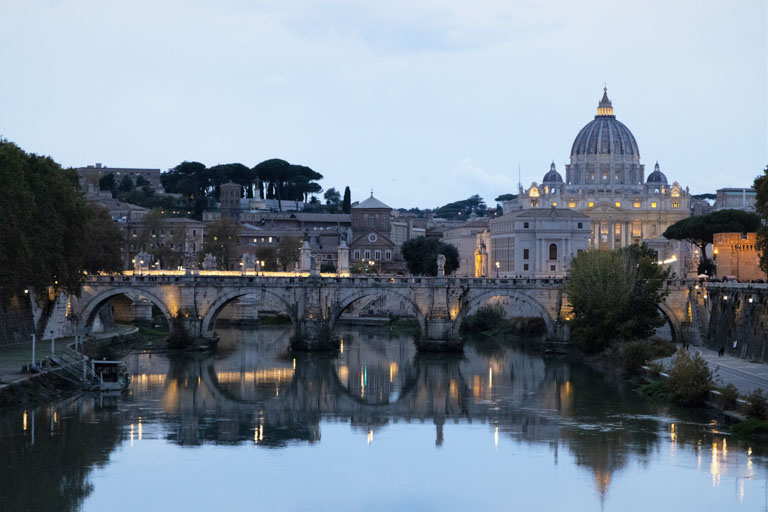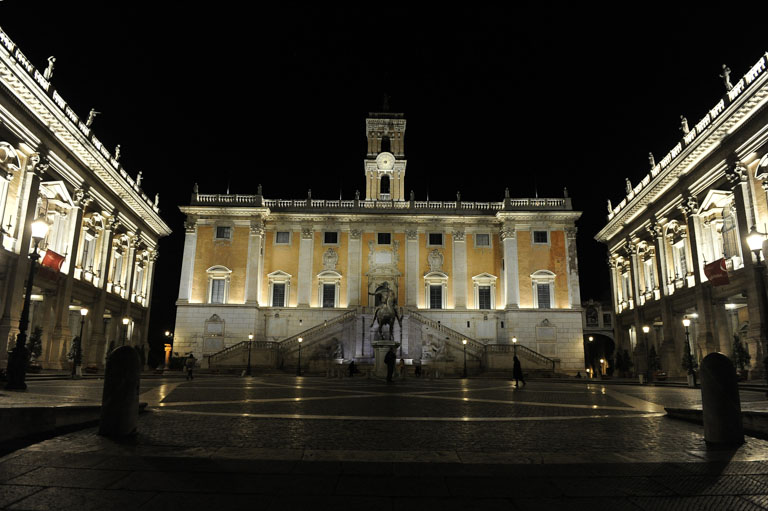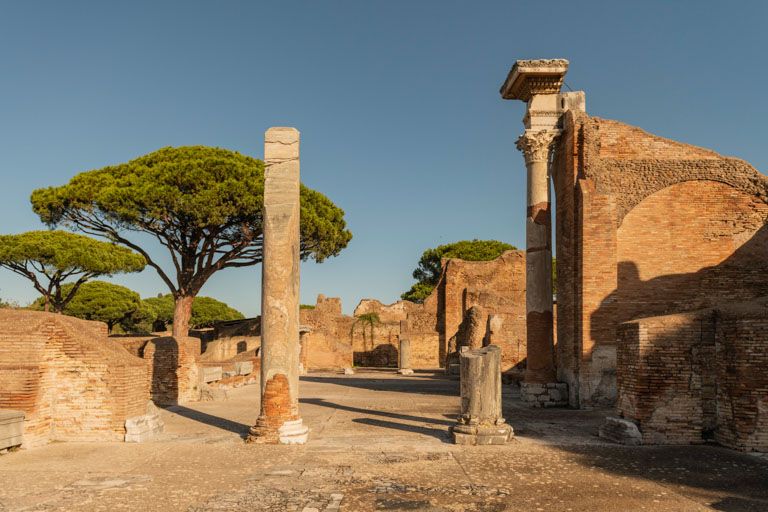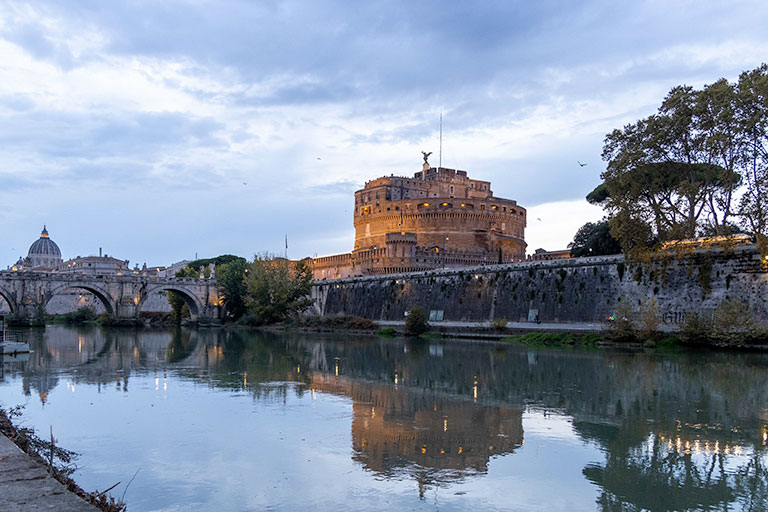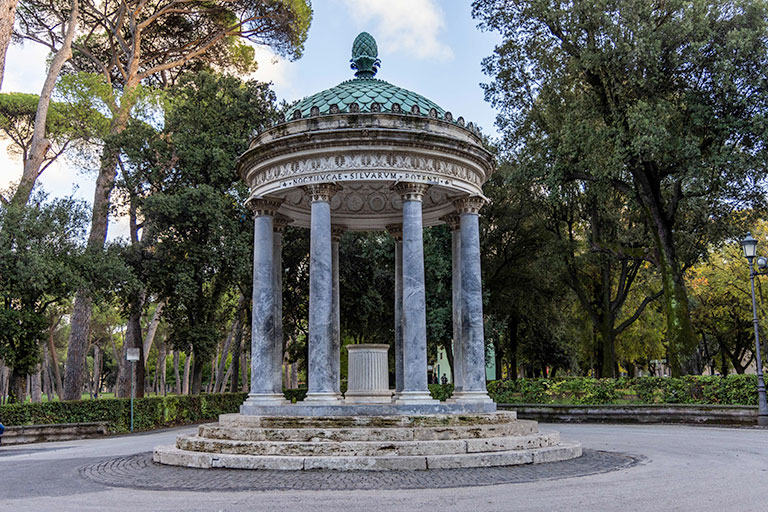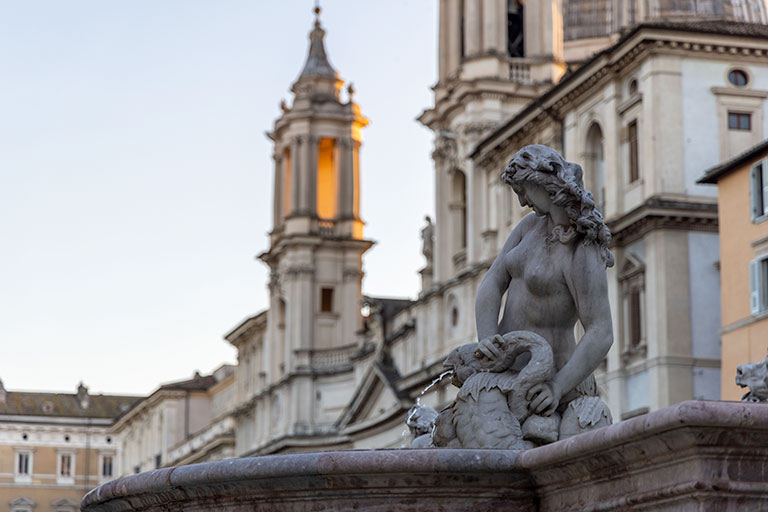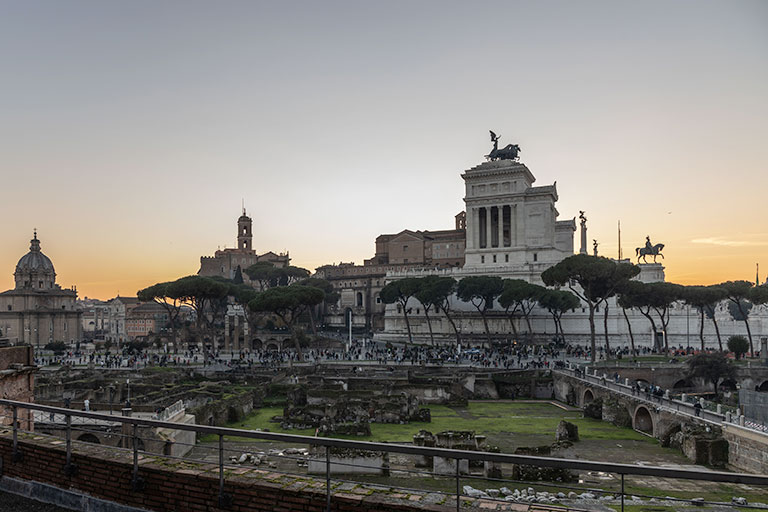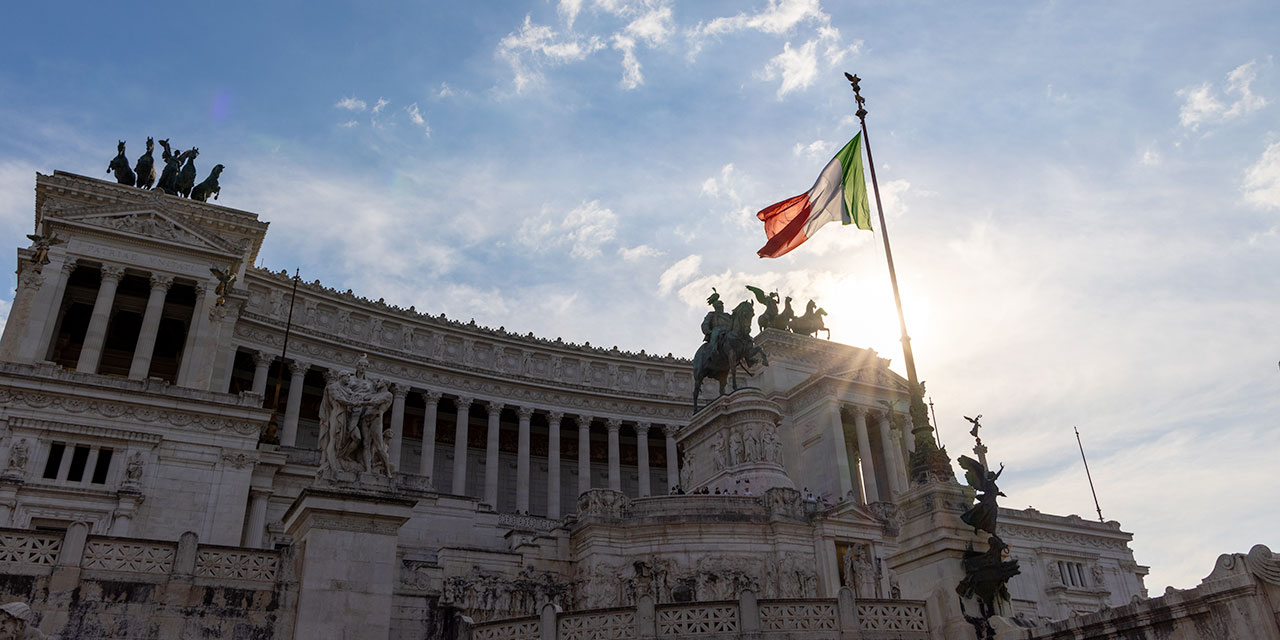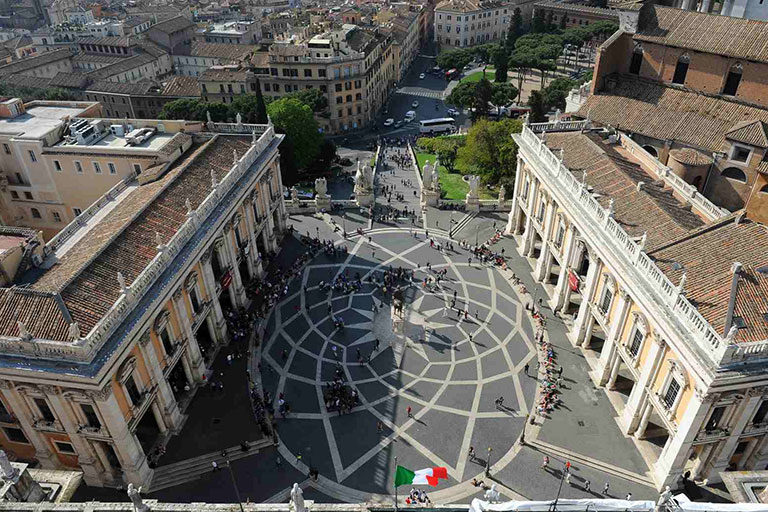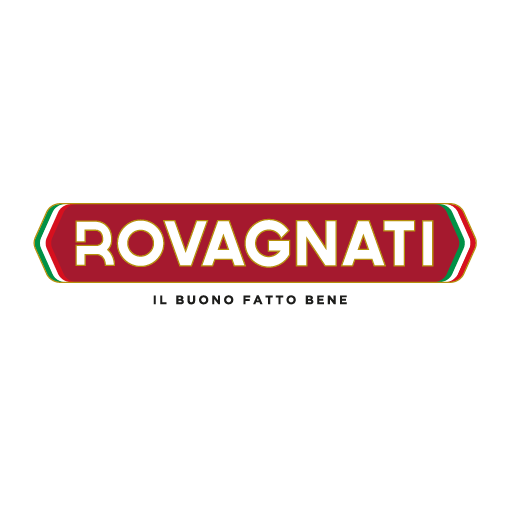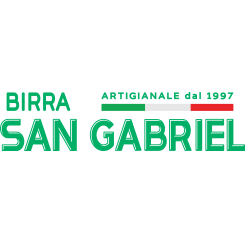profile
map
start / finish
final kilometres
itinerary timetable
tourist info
Host city:
ROMA
Overview
The magic of Rome
It is said that a city can also be described through its panorama, colours, perfumes, objects, or even an idea. It is precisely those nuances, intangible and temporary, that sometimes turn into unforgettable memories. Over the centuries, the magic of Rome has been masterly told by poets and writers and wonderfully depicted in the works of great artists. Eternal and mysterious, the Capital envelops those who arrive in a pleasant “sickness of Rome” that does not abandon. It is no coincidence that millions of tourists hurry to throw a coin into the Trevi Fountain with the hope of returning to visit it: because in Rome, remembering Goethe’s words, everything is as we imagined it, and everything is new. If you don’t know it yet, or if you want to return to immerse yourself in its charm, here, we try to briefly describe its profile, soul, and colours.
The seven hills and the birth of Rome (753 BC)
Legend has it that the birth of Rome is due to Romulus and Remus, the twin sons of Rhea Silvia and the god Mars, abandoned and nursed by a She-wolf and finally adopted by the shepherd Faustolo and Acca Larentia, his wife. Once they grew up, the twins decided to found a city: to determine who should govern, they entrusted themselves to the will of the gods through the flight of augural birds. From the Aventine Hill, Remus saw six vultures, while Romulus, from the Palatine, sighted twelve, becoming the first King of Rome in 753 BC. From the Palatine Hill, the city would extend over the seven hills we all know: Palatine, Aventine, Campidoglio, Quirinale, Viminale, Esquilino and Celio.
The blond Tiber
This is how the river god was called in the poems of ancient Rome, a god to whom respect and love were owed. But the Tiber was above all a real road over water with large ports developed since Roman times, definitively demolished in the second half of the 19th century with the construction of the docks to free the city from continuous floods. Today, direct contact with the river has been lost. However, love, respect, and the awareness of its fundamental role in the birth and development of the city remain. Not to mention the views of incredible beauty from the many historic bridges, such as Ponte Sisto, Ponte Sant’Angelo, or Ponte Fabricio, it gives us.
The cultural and historical heritage of Rome
The imposing monuments, the hundreds of churches, and the spectacular fountains of Rome outline its incredible profile and make it the city with the highest concentration of historical, archaeological, and architectural heritage in the world, with over 16% of the world’s cultural heritage and the 70% of the Italian ones. Its historic centre, delimited by the perimeter of the Aurelian Walls, is an overlapping of almost three millennia testimonies. In 1980, with the Basilica of San Paolo outside the Walls and the extraterritorial properties of the Holy See inside the city, it was included in the list of UNESCO World Heritage Sites. Heart of Catholic Christianity, Rome is the only city in the world to host a foreign state, the enclave of the Vatican City: for this reason, it is often referred to as the “Capital of two States.”
Rome is also a protagonist in the ways of sayings
There are a good number of proverbs and idioms concerning or mentioning Rome. Here are the most famous:
- “When you go to Rome, do as you will see”: the expression is commonly used when following the status quo seems the best idea.
- “Rome was not built in a day”: this proverb means that something needs time and patience to be accomplished or that, in any case, high results are achieved with commitment and meticulousness.
- “All roads lead to Rome”: the proverb comes from the efficient road system of ancient Rome, on which much of the current Italian road system is based. Many roads started from Rome and, if taken in the opposite direction, “led to Rome.”.
- “In Rome, God is not triune, but money”: according to a play on words, in Rome, more than adoring the Holy Trinity, the god of money is revered.
Food
Food Trail in Roman districts
Rome is a metropolis that enchants with its millenary history. Exploring the Eternal City beautiful sites is also a journey through the many culinary specialities that you can taste anywhere in the Capital. If you want to discover its true essence, all you have to do is taste the traditional Roman cuisine, recipes that reflect its history, made with simple and often humble ingredients.
If “life is a combination of magic and pasta”, as Federico Fellini said, the right way to experience tastes, colours and aromas, is walking along the streets and alleys of Rome. Here you can discover rustic dishes but with intense flavours. It is the cuisine of the real Romans, people who have always lived in the old city streets and squares, livening up the numerous inns and taverns.
Our food trails wind also their way through “working-class” neighbourhoods, where the tradition is still alive. Districts like Trastevere and Testaccio, quite central, and Garbatella, San Lorenzo, and Ostiense, slightly further out, teem with trattorias. In the evening, they become a popular destination to find historic inns and restaurants that rarely give in to the fashion of re-inventing traditional dishes. Here, the smell of food merges with suggestions from the past when Carbonari, artisans, and commoners fought to survive – within spitting distance of some of Rome’s finest villas and palaces.
Then, this is Rome – a mixture of refined nobility and genuine people accustomed to surviving with their real condition and the evocative power of a city for centuries the capital of the world. People who have maintained their most authentic identity even in the transmission of culinary tradition. It’s not by chance that the place of honour, amongst genuine and traditional Roman dishes, belongs to the so-called fifth quarter, the offal and less valuable parts of beef and lamb/mutton – never selected for the tables of the wealthiest classes. We’re talking about tripe, kidneys, heart, livers, spleen, sweetbreads and backs (spinal cord), brains, tongue and tail, or “coratella” – liver, lungs, and heart cooked together.
These simple ingredients give life to extraordinary dishes in taste and delicacy that caress the palate despite their humble origins. Rigatoni with pajata (pasta with intestines of unweaned calves) or kidneys,”coratella” with artichokes or onions, Roman-style tripe, “coda alla vaccinara” (oxtail), “stufatino alla romana” (stew), and “saltimbocca” are just some of the delicacies of the Capitoline cuisine. Two age-old local dishes you still find in Roman trattorias both use cheap cuts of beef: the stewed spleen, flavoured with sage, garlic, vinegar, anchovies, and pepper, and kidneys cooked with tomatoes, onion sauce, parsley, white wine, and pepper.
Points of Interest
Ostia Antica
In your experience in the territory of Ostia you cannot miss to visit the Parco Archeologico di Ostia Antica, one of the largest archeological sites of ancient Rome. The colony was founded between the end of the fifth century and the beginning of the fourth century BC as a ‘castrum’, a rectangular fortified citadel. Initially, it served as a naval base under the control of a Roman quaestor and then, from the second century, because of its increasing importance for trade and for the food supply of Rome, it began to expand.
Baths of Caracalla
The Thermae Antonianae, one of the largest and best-preserved thermal complexes of antiquity, was built at the behest of the Emperor Caracalla on the Piccolo Aventino between 212 and 216 AD, in an area near the first stretch of the Appian Way.
The Capitoline Hill
The first square to be built following Michelangelo’s criteria of a uniform design, in modern Rome, stands on Capitoline Hill (Capitolium), where a very ancient village was located and where numerous temples were dedicated to Roman gods. Although it took many years and various architects to construct the Piazza del Campidoglio, today it is characterised by an admirable homogeneous style.
The Mausoleum of Hadrian – Saint Angel Castle
Located on the right bank of the Tiber, a few steps from the Vatican which it is connected to by the “Passetto di Borgo”, Castel Sant’Angelo, also known as “Mole Adriana” and Mausoleum of Hadrian, is one of the most famous and visited monuments in Rome. From the top of its terraces or from the large openings located along the outermost walkways, you can also enjoy one of the most evocative views of the city, especially at sunset.
Villa Borghese Park
The park of Villa Borghese occupies a vast area in the heart of the city. The villa contains buildings, sculptures, monuments and fountains, the work of illustrious artists of the Baroque, Neoclassical and Eclectic art, surrounded by ancient trees, ponds, Italian gardens and large open spaces, created with great care.
Imperial Fora
The Imperial Fora are a monumental architectural complex, formed by a series of buildings and monumental squares, the centre of the political activity of ancient Rome, built in a period of about 150 years, between 46 BC and 113 AD. At the end of the Republican period, when Rome had already developed as the capital of a great empire extending from Gaul to Asia Minor, the ancient Roman Forum was not enough to be the administrative centre of the city. Julius Caesar, in 46 B.C., was the first to realise a new square, at first considered as a simple extension of the republican Forum. Caesar’s Forum was followed by the Forum of Augustus, the Transitional Forum or Forum of Nerva (built by Domitian and inaugurated by Nerva) and the Forum of Trajan, certainly the most important one. All these archaeological areas form, from an urban point of view, an organic complex, renamed in modern times the ‘Imperial Forums’, located between the Capitoline Hill and the Quirinale Hill.
ROMA
Overview
The magic of Rome
It is said that a city can also be described through its panorama, colours, perfumes, objects, or even an idea. It is precisely those nuances, intangible and temporary, that sometimes turn into unforgettable memories. Over the centuries, the magic of Rome has been masterly told by poets and writers and wonderfully depicted in the works of great artists. Eternal and mysterious, the Capital envelops those who arrive in a pleasant “sickness of Rome” that does not abandon. It is no coincidence that millions of tourists hurry to throw a coin into the Trevi Fountain with the hope of returning to visit it: because in Rome, remembering Goethe’s words, everything is as we imagined it, and everything is new. If you don’t know it yet, or if you want to return to immerse yourself in its charm, here, we try to briefly describe its profile, soul, and colours.
The seven hills and the birth of Rome (753 BC)
Legend has it that the birth of Rome is due to Romulus and Remus, the twin sons of Rhea Silvia and the god Mars, abandoned and nursed by a She-wolf and finally adopted by the shepherd Faustolo and Acca Larentia, his wife. Once they grew up, the twins decided to found a city: to determine who should govern, they entrusted themselves to the will of the gods through the flight of augural birds. From the Aventine Hill, Remus saw six vultures, while Romulus, from the Palatine, sighted twelve, becoming the first King of Rome in 753 BC. From the Palatine Hill, the city would extend over the seven hills we all know: Palatine, Aventine, Campidoglio, Quirinale, Viminale, Esquilino and Celio.
The blond Tiber
This is how the river god was called in the poems of ancient Rome, a god to whom respect and love were owed. But the Tiber was above all a real road over water with large ports developed since Roman times, definitively demolished in the second half of the 19th century with the construction of the docks to free the city from continuous floods. Today, direct contact with the river has been lost. However, love, respect, and the awareness of its fundamental role in the birth and development of the city remain. Not to mention the views of incredible beauty from the many historic bridges, such as Ponte Sisto, Ponte Sant’Angelo, or Ponte Fabricio, it gives us.
The cultural and historical heritage of Rome
The imposing monuments, the hundreds of churches, and the spectacular fountains of Rome outline its incredible profile and make it the city with the highest concentration of historical, archaeological, and architectural heritage in the world, with over 16% of the world’s cultural heritage and the 70% of the Italian ones. Its historic centre, delimited by the perimeter of the Aurelian Walls, is an overlapping of almost three millennia testimonies. In 1980, with the Basilica of San Paolo outside the Walls and the extraterritorial properties of the Holy See inside the city, it was included in the list of UNESCO World Heritage Sites. Heart of Catholic Christianity, Rome is the only city in the world to host a foreign state, the enclave of the Vatican City: for this reason, it is often referred to as the “Capital of two States.”
Rome is also a protagonist in the ways of sayings
There are a good number of proverbs and idioms concerning or mentioning Rome. Here are the most famous:
- “When you go to Rome, do as you will see”: the expression is commonly used when following the status quo seems the best idea.
- “Rome was not built in a day”: this proverb means that something needs time and patience to be accomplished or that, in any case, high results are achieved with commitment and meticulousness.
- “All roads lead to Rome”: the proverb comes from the efficient road system of ancient Rome, on which much of the current Italian road system is based. Many roads started from Rome and, if taken in the opposite direction, “led to Rome.”.
- “In Rome, God is not triune, but money”: according to a play on words, in Rome, more than adoring the Holy Trinity, the god of money is revered.
Food
Food Trail in Roman districts
Rome is a metropolis that enchants with its millenary history. Exploring the Eternal City beautiful sites is also a journey through the many culinary specialities that you can taste anywhere in the Capital. If you want to discover its true essence, all you have to do is taste the traditional Roman cuisine, recipes that reflect its history, made with simple and often humble ingredients.
If “life is a combination of magic and pasta”, as Federico Fellini said, the right way to experience tastes, colours and aromas, is walking along the streets and alleys of Rome. Here you can discover rustic dishes but with intense flavours. It is the cuisine of the real Romans, people who have always lived in the old city streets and squares, livening up the numerous inns and taverns.
Our food trails wind also their way through “working-class” neighbourhoods, where the tradition is still alive. Districts like Trastevere and Testaccio, quite central, and Garbatella, San Lorenzo, and Ostiense, slightly further out, teem with trattorias. In the evening, they become a popular destination to find historic inns and restaurants that rarely give in to the fashion of re-inventing traditional dishes. Here, the smell of food merges with suggestions from the past when Carbonari, artisans, and commoners fought to survive – within spitting distance of some of Rome’s finest villas and palaces.
Then, this is Rome – a mixture of refined nobility and genuine people accustomed to surviving with their real condition and the evocative power of a city for centuries the capital of the world. People who have maintained their most authentic identity even in the transmission of culinary tradition. It’s not by chance that the place of honour, amongst genuine and traditional Roman dishes, belongs to the so-called fifth quarter, the offal and less valuable parts of beef and lamb/mutton – never selected for the tables of the wealthiest classes. We’re talking about tripe, kidneys, heart, livers, spleen, sweetbreads and backs (spinal cord), brains, tongue and tail, or “coratella” – liver, lungs, and heart cooked together.
These simple ingredients give life to extraordinary dishes in taste and delicacy that caress the palate despite their humble origins. Rigatoni with pajata (pasta with intestines of unweaned calves) or kidneys,”coratella” with artichokes or onions, Roman-style tripe, “coda alla vaccinara” (oxtail), “stufatino alla romana” (stew), and “saltimbocca” are just some of the delicacies of the Capitoline cuisine. Two age-old local dishes you still find in Roman trattorias both use cheap cuts of beef: the stewed spleen, flavoured with sage, garlic, vinegar, anchovies, and pepper, and kidneys cooked with tomatoes, onion sauce, parsley, white wine, and pepper.
Points of Interest
Ostia Antica
In your experience in the territory of Ostia you cannot miss to visit the Parco Archeologico di Ostia Antica, one of the largest archeological sites of ancient Rome. The colony was founded between the end of the fifth century and the beginning of the fourth century BC as a ‘castrum’, a rectangular fortified citadel. Initially, it served as a naval base under the control of a Roman quaestor and then, from the second century, because of its increasing importance for trade and for the food supply of Rome, it began to expand.
Baths of Caracalla
The Thermae Antonianae, one of the largest and best-preserved thermal complexes of antiquity, was built at the behest of the Emperor Caracalla on the Piccolo Aventino between 212 and 216 AD, in an area near the first stretch of the Appian Way.
The Capitoline Hill
The first square to be built following Michelangelo’s criteria of a uniform design, in modern Rome, stands on Capitoline Hill (Capitolium), where a very ancient village was located and where numerous temples were dedicated to Roman gods. Although it took many years and various architects to construct the Piazza del Campidoglio, today it is characterised by an admirable homogeneous style.
The Mausoleum of Hadrian – Saint Angel Castle
Located on the right bank of the Tiber, a few steps from the Vatican which it is connected to by the “Passetto di Borgo”, Castel Sant’Angelo, also known as “Mole Adriana” and Mausoleum of Hadrian, is one of the most famous and visited monuments in Rome. From the top of its terraces or from the large openings located along the outermost walkways, you can also enjoy one of the most evocative views of the city, especially at sunset.
Villa Borghese Park
The park of Villa Borghese occupies a vast area in the heart of the city. The villa contains buildings, sculptures, monuments and fountains, the work of illustrious artists of the Baroque, Neoclassical and Eclectic art, surrounded by ancient trees, ponds, Italian gardens and large open spaces, created with great care.
Imperial Fora
The Imperial Fora are a monumental architectural complex, formed by a series of buildings and monumental squares, the centre of the political activity of ancient Rome, built in a period of about 150 years, between 46 BC and 113 AD. At the end of the Republican period, when Rome had already developed as the capital of a great empire extending from Gaul to Asia Minor, the ancient Roman Forum was not enough to be the administrative centre of the city. Julius Caesar, in 46 B.C., was the first to realise a new square, at first considered as a simple extension of the republican Forum. Caesar’s Forum was followed by the Forum of Augustus, the Transitional Forum or Forum of Nerva (built by Domitian and inaugurated by Nerva) and the Forum of Trajan, certainly the most important one. All these archaeological areas form, from an urban point of view, an organic complex, renamed in modern times the ‘Imperial Forums’, located between the Capitoline Hill and the Quirinale Hill.


